According to TransCanada, they started construction on the southern leg of their highly controvertial tar sands pipeline on August 9th, even as a trial questioning their right to use eminent domain to take a Texas farmer’s land was scheduled to be held the following day.
At this time, Judge Bill Harris has not issued his final ruling but he did announced first thing the morning of the trial that there would not be a ruling in his courtroom on the pipeline’s status as a common carrier. He did however, issue a writ of possession to the multinational company giving TransCanada legal possession of the Crawford family’s land and the right to begin trenching on that land at any point. This emboldened TransCanada to issue a statement that was read on the Canadian National Broadcasting Network on Monday claiming that, “..On the issue of the common carrier status the ruling by Judge Harris reaffirms that TransCanada is a common carrier.”
Seriously, no one has “verified” that they are a common carrier. In fact, as far as we can tell, no one in the State of Texas takes ownership of the authority to determine if a pipeline company is a common carrier.
In Denbury Green vs. Texas Rice Land Farmers, the Texas Supreme Court recently upheld their ruling that a land owner has the legal right to challenge a pipeline company’s common carrier status. They also ruled that a pipeline company cannot conclusively acquire the right to condemn private property simply by checking the right boxes on a one-page form filed with the Railroad Commission.
Public Citizen’s Texas director, Tom ‘Smitty’ Smith, said “The answers we need may not lie ultimately in Judge Hill’s decision; the answer may be an appeals court. The final outcome will also be laid at the foot of the Texas legislature to do something about this kind of abuse. We have already begun the process of pointing out the grave inequities of companies being able to walk into the Railroad Commission saying ‘trust us, we’re a common carrier,’ and then seize eminent domain authority without the needed checks and balances or review by an authorized government agency. That needs to change with the next legislative session.”
For updates on the status of the trial and further legal action click here.
Back at the U.S. / Canadian Border
In the meantime TransCanada had to reapply for their presidential permit for a section of the planned Keystone XL pipeline from oil fields in Canada that would cross into the United States. The earlier permit application was denied after lawmakers in Nebraska objected to original route plans that had the pipeline crossing through its environmentally sensitive sand hills region. While Nebraska’s objection was the official reason for the permit denial, the initial process was fraught with other controversies that many are pushing to be addressed this go round.
The State Department recently announced on its website that it has chosen a new third-party contractor to conduct the next round of reviews for TransCanada’s controversial permit re-application.
The new contractor, Environmental Resources Management (ERM), replaces Cardno Entrix, a firm that was at the center of the scandal surrounding the State Department’s flawed Keystone XL review process last fall. However, while the department has hired a new contractor, it has also signaled that it will lean heavily on the flawed environmental impact statement largely prepared by Cardno Entrix on behalf of Keystone XL, a study that independent experts concluded grossly downplayed the harm the pipeline is likely to cause and failed to address the impacts on Nebraska’s environmentally sensitive sand hills region.
The State Department’s Environmental Impact Statement, largely prepared by Cardno Entrix and issued in August 2011, was widely criticized for failing to catalogue the tar sands oil pipeline’s full threats to the climate, drinking water and public health, as well as the unique and heightened spill risks of piping tar sands oil across America’s heartland. As communities across the mid section of the country face an onslaught of extreme weather, the State Department’s review faces a key test: whether its new round of review fully considers these issues. In the face of a summer of unprecedented wildfires, droughts and storms, following on the heals of Texas’ unprecedented drought and heat in 2011, it is vital that climate impacts of dirty tar sands oil are taken into account and that the possibility of spills affecting water sources in areas that are prone to droughts be reviewed.
The State Department closed the public comment period for the scope of the new environmental review for the northern leg of the Keystone XL pipeline on July 30. More than 400,000 submitted comments to the agency in staunch opposition to the project.
A New York Times exposé revealed last November that the State Department had “flouted the intent of a federal law” by hiring Cardno Entrix and allowing it to drive the environmental review process while it simultaneously touted TransCanada as a “major client.” An investigation by the State Department inspector general subsequently confirmed that the department had failed to follow its own flawed contractor vetting processes. The investigation also raised fresh concerns about the department’s insufficient scientific expertise to review the pipeline’s likely impacts, adding weight to independent experts’ conclusions that the impacts study was grossly inadequate.
Read Full Post »
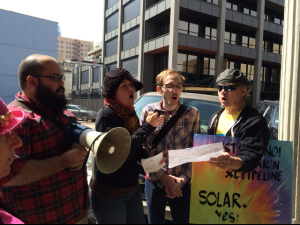 Yesterday marked the end of the public comment period with the State Department for the Keystone XL pipeline. This was the last chance for citizens to officially weigh in on the issue. President Obama still has 60 more days to hear from the different government departments as to whether they think the pipeline will be in our national interest. President Obama is expected to make a final decision on whether or not to approve the pipeline by the middle of summer.
Yesterday marked the end of the public comment period with the State Department for the Keystone XL pipeline. This was the last chance for citizens to officially weigh in on the issue. President Obama still has 60 more days to hear from the different government departments as to whether they think the pipeline will be in our national interest. President Obama is expected to make a final decision on whether or not to approve the pipeline by the middle of summer.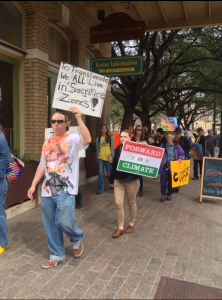
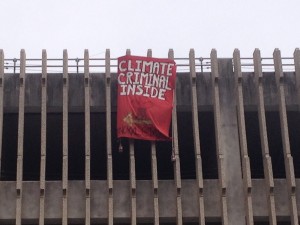
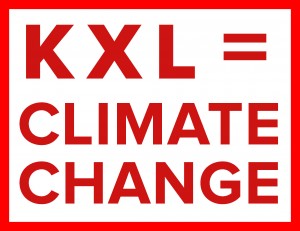
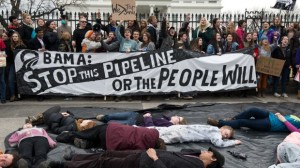
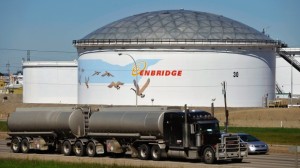

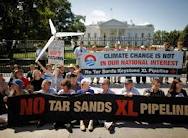




Massive Opposition to Tar Sands Pipeline
Posted in Tarsands, tagged comments, keystone, keystone xl, permit, pipeline, spill, state department, Tar Sands, tarsands, Texas, transcanada on June 9, 2011 |
Check out KETK for their recent story on the spill and overview of the project.
The State Department will decide soon on whether or not to grant this project the necessary “presidential permit” it needs for construction from Canada down through the central US. The future of energy lies in renewable energy – and that is where we should be investing in new infrastructure. This pipeline takes us in exactly the opposite direction towards a dirtier and more destructive fossil fuel. Contact your congressman and ask them to pressure the White House and State Department not to grant this permit.
http://whoismyrepresentative.com/
Read Full Post »